How to set up and use a shared multisig Bitcoin wallet
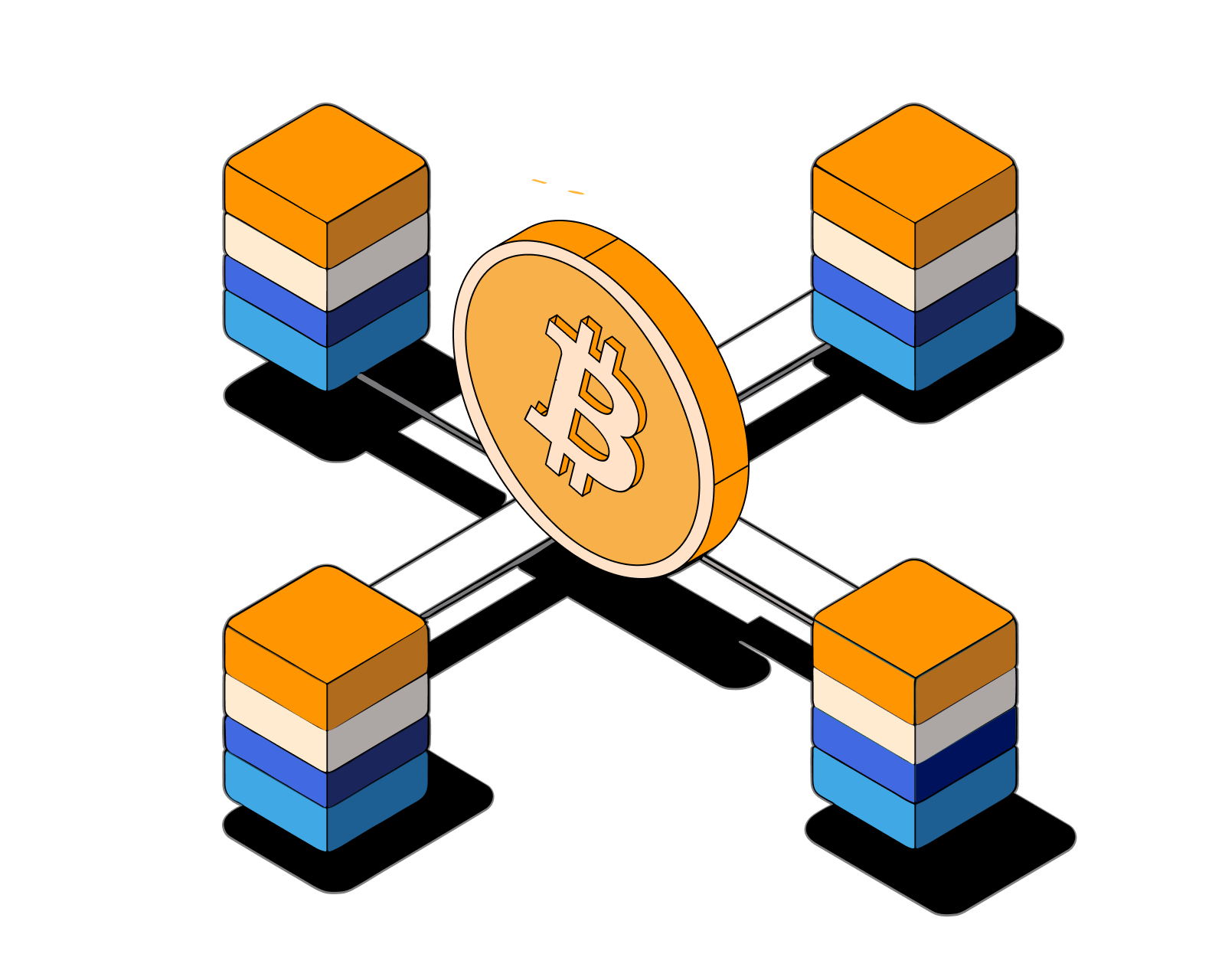
Table of Contents
- How to set up a shared Bitcoin wallet
- How to share a shared Bitcoin wallet
- How to join a shared Bitcoin wallet
- How many participants and approvals can my shared Bitcoin wallet have?
- What cryptocurrencies can I use shared wallets for in the Bitcoin.com Wallet?
- Why does my balance show 0 even though my transaction request is for a partial amount of my shared wallet’s balance?
- What is a transaction request?
- How do I create a transaction request?
- Is a transaction request different from an on-chain transaction?
- Can I delete a transaction request?
- How do I accept a shared wallet transaction request?
- How do I decline a shared wallet transaction request?
- Does every participant share a private and public key?
- How can I back up a shared wallet?
How to set up a shared Bitcoin wallet
Shared wallets can be created using many desktop and mobile wallet apps. Let’s take a look at how to do it in the Bitcoin.com Wallet, the fully non-custodial crypto wallet trusted by millions. We are going to set up a Bitcoin (BTC) shared wallet:
- Download and install the app.
- Tap +ADD/IMPORT.
- Select Add new shared wallet.
On the next screen, you’ll set up your wallet.
- Enter the asset type (Bitcoin - BTC).
- Decide the number of approvals and participants.
- Enter a name for the wallet (eg. My Family Shared Wallet).
- Enter your name or alias (this is the name that will be seen by the shared wallet participants).
- Tap continue.
How to share a shared Bitcoin wallet
After you’ve set up your shared wallet (see above), you’ll be prompted to invite participants. There are two ways to invite participants:
- Ask them to scan the shared wallet’s QR code.
- Tap the SHARE button and send them a link to the wallet.
How to join a shared Bitcoin wallet
There are two ways to join a shared Bitcoin wallet:
- Scan the QR code provided by the wallet creator (tap the scan button at the top-right of the app’s home screen).
- Tap the shared wallet link sent to you by the wallet creator.
You’ll be prompted to enter your name or alias. This is the name that other wallet participants will see you as. Finally, tap JOIN to complete the process.
This video demonstrates how to join a shared wallet via QR code:
How many participants and approvals can my shared Bitcoin wallet have?
A shared wallet must have a minimum of two participants, with a maximum of six. There is a minimum of one approval and a maximum of six. These means you can make a 1-of-2 wallet all the way up to a 6-of-6 wallet -- and anything between.
What cryptocurrencies can I use shared wallets for in the Bitcoin.com Wallet?
Bitcoin (BTC) and Bitcoin Cash (BCH).
Why does my balance show 0 even though my transaction request is for a partial amount of my shared wallet’s balance?
Don’t worry, your remaining funds are still there. While a transaction request is waiting to be approved or declined, available funds are temporarily locked. When funds are locked, we show a 0 balance. When the transaction request is approved or declined, your funds will unlock and your balance will be shown again.
The creator of a transaction request can use the delete request action to cancel the transaction and unlock funds.
What is a transaction request?
Before a transaction is broadcast to the public network, it requires a certain number of approvals, based on the configuration of your shared wallet. For example, a 2-of-3 wallet requires 2 approvals before it can be broadcast. When you create a transaction request, you'll automatically send a notification to all wallet participants, which they must approve or reject.
How do I create a transaction request?
To create a transaction request, simply select your shared wallet, tap send, and follow the instructions.
Is a transaction request different from an on-chain transaction?
Yes, kind of. A transaction request represents the initiation of an on-chain transaction. Before the transaction is broadcast to the blockchain, it first must get enough approvals based on the configuration of the shared wallet. Once the required number of approvals is reached, the transaction will be automatically broadcast.
Can I delete a transaction request?
Yes, as long as you are the creator of the request and it is still in the pending state, you can delete a request. All funds locked will be freed and made available to your wallet.
To delete a transaction request:
- Go to your shared wallet and select "Requests."
- Tap on the request you want to delete. Note: You can only delete requests that are created by you and are still active.
- Scroll to the bottom and select "Cancel transaction request."
How do I accept a shared wallet transaction request?
- Go to your shared wallet and select "Requests."
- Select the request titled "Waiting for your approval."
- Slide the arrow to approve the request.
How do I decline a shared wallet transaction request?
- Go to your shared wallet and select "Requests."
- Select the request titled "Waiting for your approval."
- Tap decline and confirm.
Does every participant share a private and public key?
In short, the public key, or the “address," is same for all participants, but each participant gets their own unique “private key" (seed/recovery phase).
Technically, when a shared wallet is created, all participants are at first assigned their own unique public and private key pair. Once all participants have joined the wallet, a single common public key (aka “address") is generated and displayed to all participants. This is the address that participants can provide when, for example, requesting a payment.
How can I back up a shared wallet?
Unlike "standard" Bitcoin wallets, shared Bitcoin wallets must be manually backed up. For most people, the best way to manually back up a wallet is to write down the wallet's recovery phrase (also known as a seed phrase) on a piece of paper and store that paper somewhere safe.
Here's how to find your shared wallet's recovery phrase in the Bitcoin.com Wallet:
Method 1:
- From the home screen, tap on the shared wallet.
- Tap the menu button in the top right.
- Select "Show my recovery phrase."
Method 2:
- Tap the settings icon at the bottom left.
- Select "Backup & security."
- Select "Manual backup."
- Choose the wallet you want to show the recovery phrase for (Eg. My Family Shared Wallet).
Read more: Make sure your recovery phrase is safe with these password management tips.
Related guides
Start from here →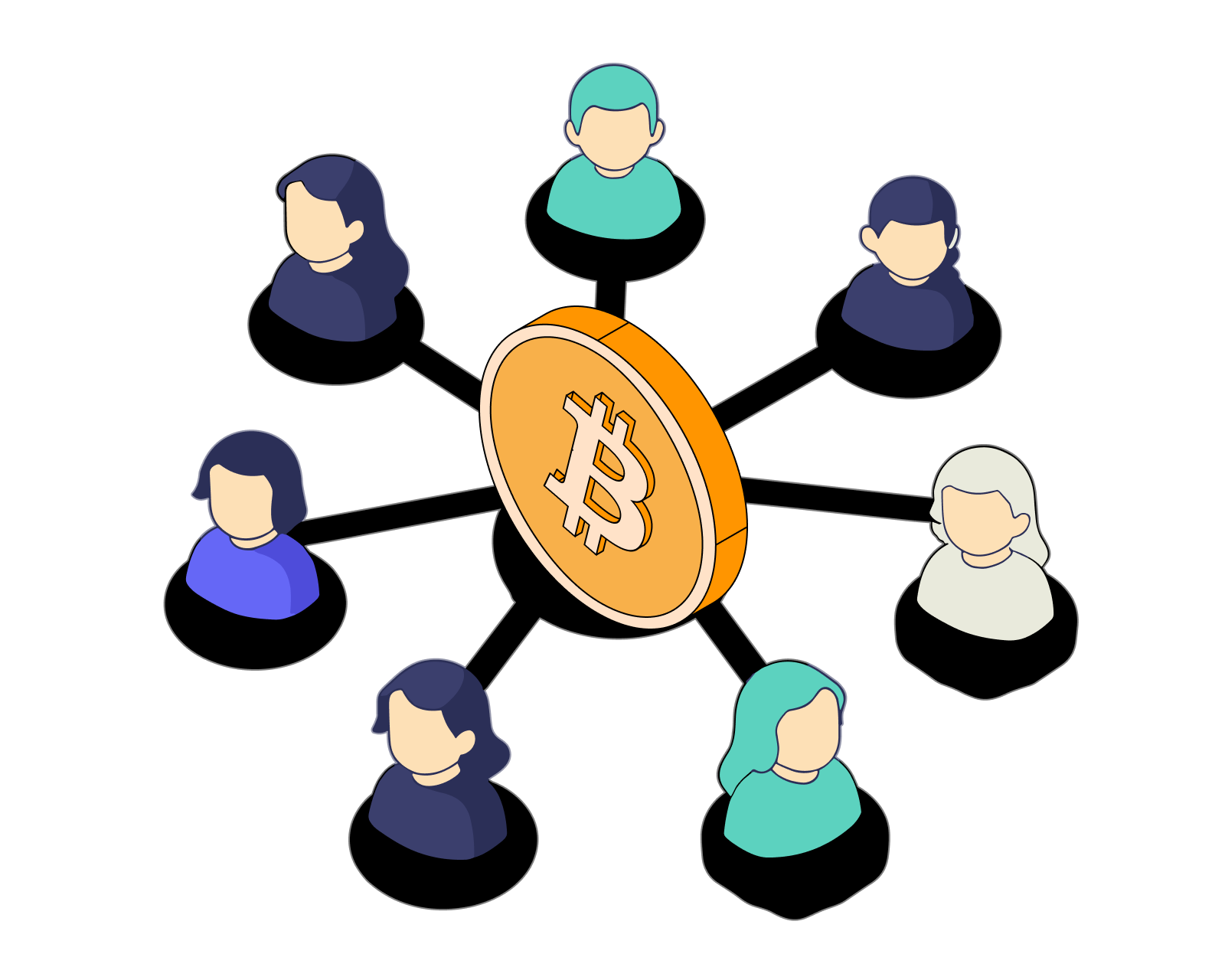
What is a shared Bitcoin wallet?
Learn about shared (multisig) Bitcoin wallets, their advantages and disadvantages, and how they work.
Read this article →
What is a shared Bitcoin wallet?
Learn about shared (multisig) Bitcoin wallets, their advantages and disadvantages, and how they work.
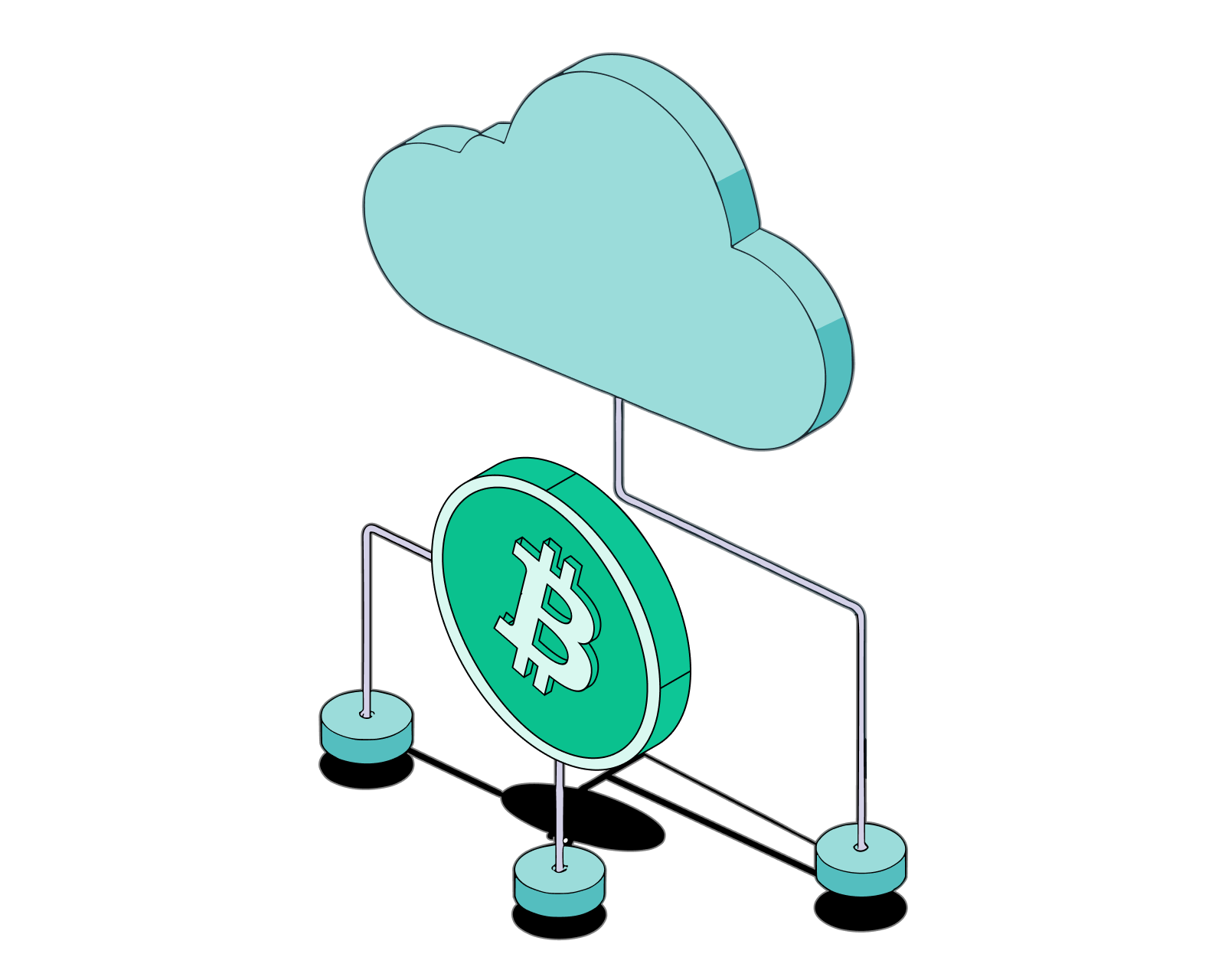
What are the use cases for shared wallets?
Find out the many ways shared wallets can be used in the real world.
Read this article →
What are the use cases for shared wallets?
Find out the many ways shared wallets can be used in the real world.
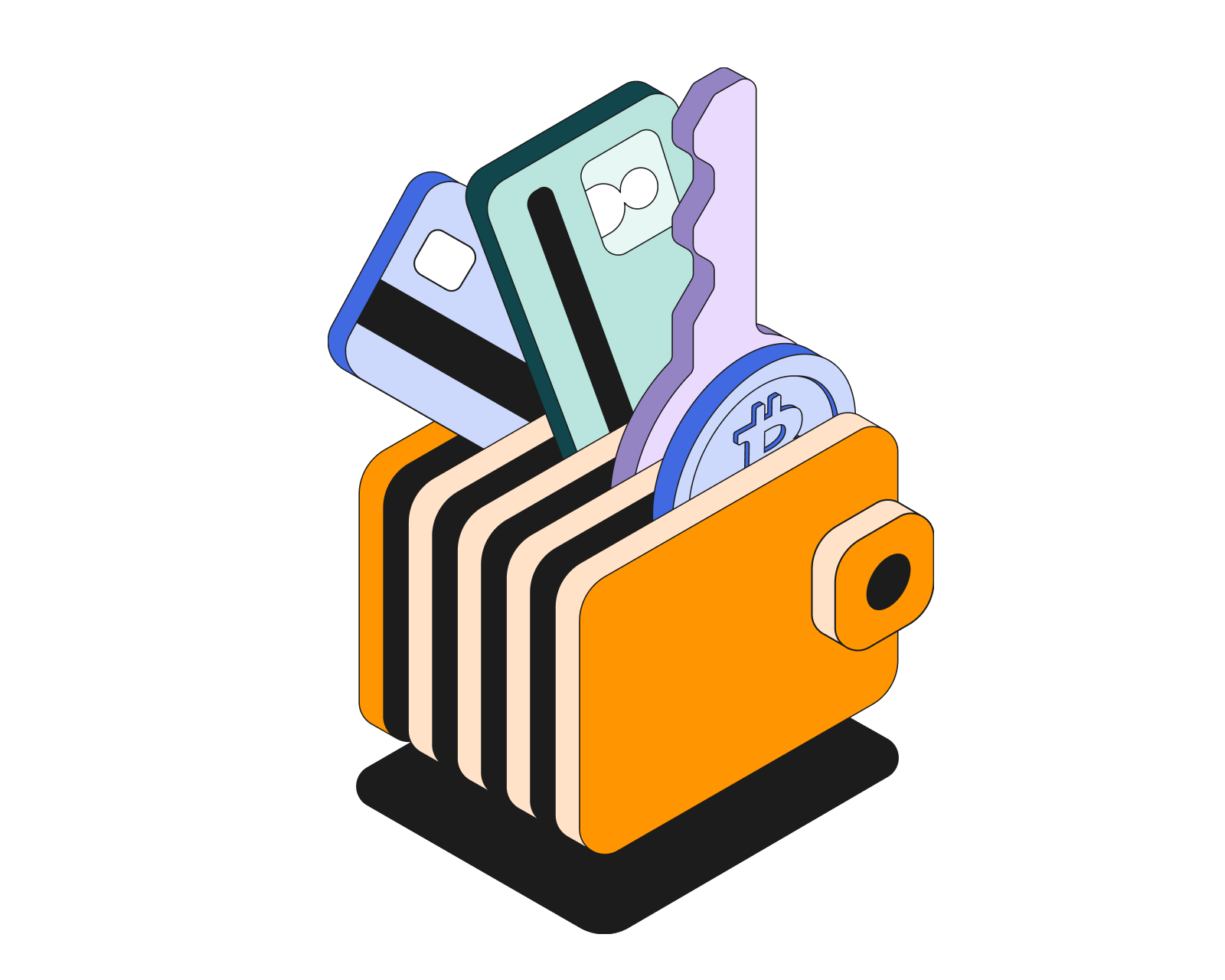
What is a Bitcoin wallet?
Learn about this essential tool for sending, receiving, and storing your bitcoin; how it works, and how to use it safely.
Read this article →
What is a Bitcoin wallet?
Learn about this essential tool for sending, receiving, and storing your bitcoin; how it works, and how to use it safely.

What is Bitcoin?
Get a straightforward introduction to Bitcoin and why it matters.
Read this article →
What is Bitcoin?
Get a straightforward introduction to Bitcoin and why it matters.
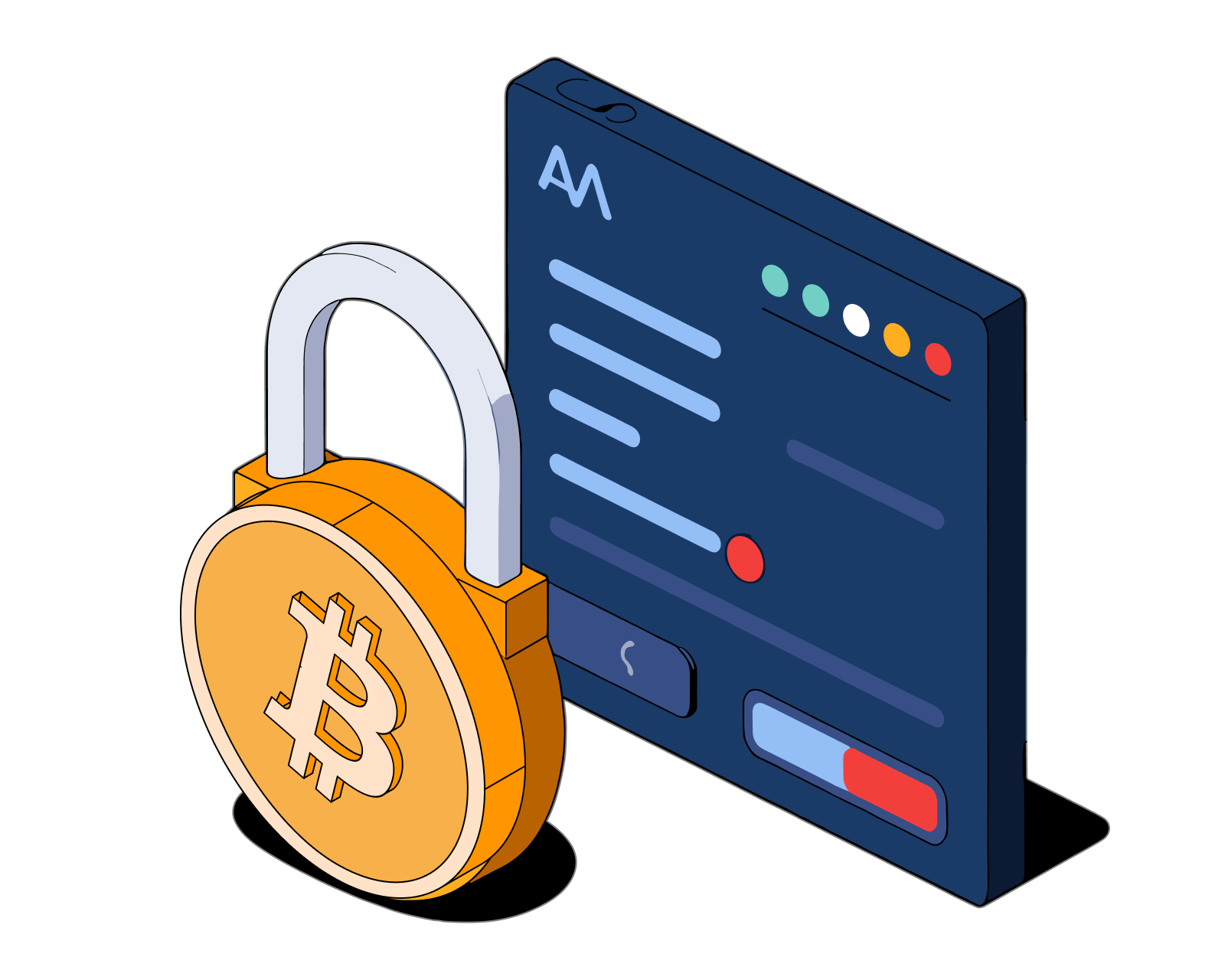
How do I create a Bitcoin wallet?
Learn how to quickly and easily create a Bitcoin wallet. Understand the different wallet types and their respective pros & cons.
Read this article →
How do I create a Bitcoin wallet?
Learn how to quickly and easily create a Bitcoin wallet. Understand the different wallet types and their respective pros & cons.
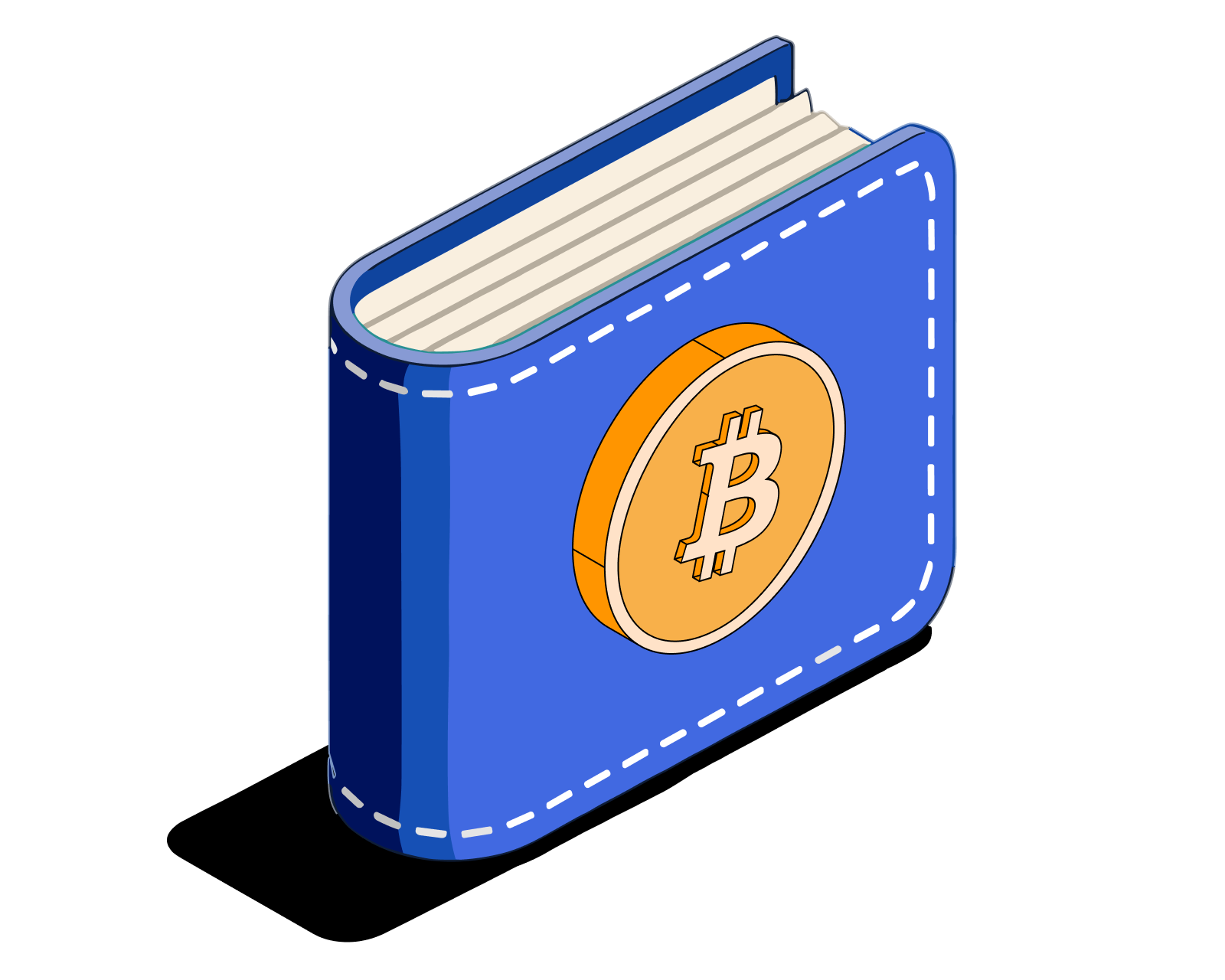
How to choose the best Bitcoin wallet
From security to fee customization options, these are the key factors to consider when choosing a Bitcoin wallet.
Read this article →
How to choose the best Bitcoin wallet
From security to fee customization options, these are the key factors to consider when choosing a Bitcoin wallet.
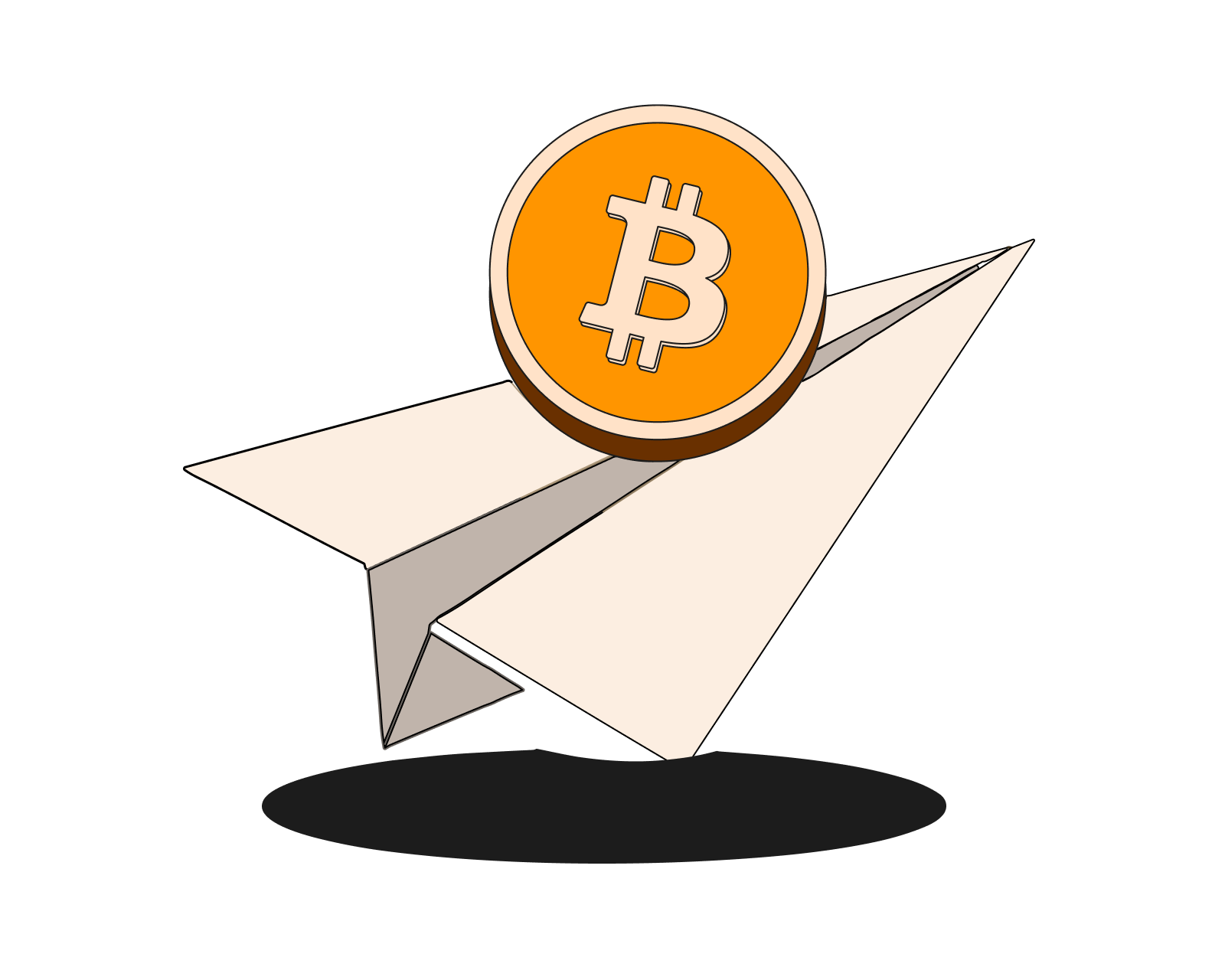
How do I send bitcoin?
Sending bitcoin is as easy as choosing the amount to send and deciding where it goes. Read the article for more details.
Read this article →
How do I send bitcoin?
Sending bitcoin is as easy as choosing the amount to send and deciding where it goes. Read the article for more details.

How do I receive bitcoin?
To receive bitcoin, simply provide the sender with your Bitcoin address, which you can find in your Bitcoin wallet. Read this article for more details.
Read this article →
How do I receive bitcoin?
To receive bitcoin, simply provide the sender with your Bitcoin address, which you can find in your Bitcoin wallet. Read this article for more details.

What's a 'self-custodial' wallet?
Understand how the self-custodial model puts you in charge of your cryptoassets and protects you from third-party risk.
Read this article →
What's a 'self-custodial' wallet?
Understand how the self-custodial model puts you in charge of your cryptoassets and protects you from third-party risk.

How do bitcoin transactions work?
Understand how the Bitcoin public blockchain tracks ownership over time. Get clarity on key terms like public & private keys, transaction inputs & outputs, confirmation times, and more.
Read this article →
How do bitcoin transactions work?
Understand how the Bitcoin public blockchain tracks ownership over time. Get clarity on key terms like public & private keys, transaction inputs & outputs, confirmation times, and more.
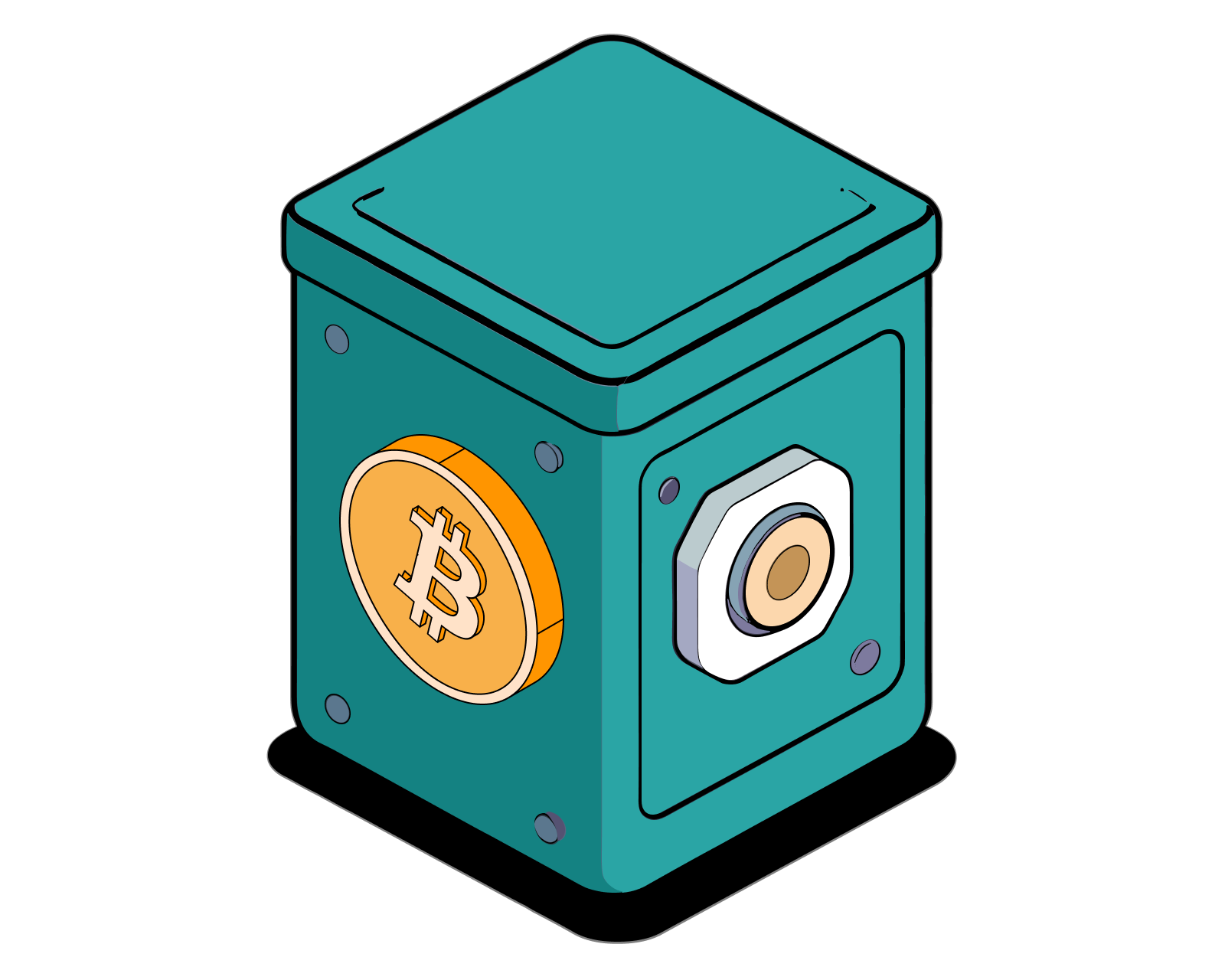
How to set up a Bitcoin cold storage wallet
Learn what a Bitcoin cold storage wallet is, why it's important, and how to use one.
Read this article →
How to set up a Bitcoin cold storage wallet
Learn what a Bitcoin cold storage wallet is, why it's important, and how to use one.
STAY AHEAD IN CRYPTO
Stay ahead in crypto with our weekly newsletter delivering the insights that matter most
Weekly crypto news, curated for you
Actionable insights and educational tips
Updates on products fueling economic freedom
No spam. Unsubscribe anytime.
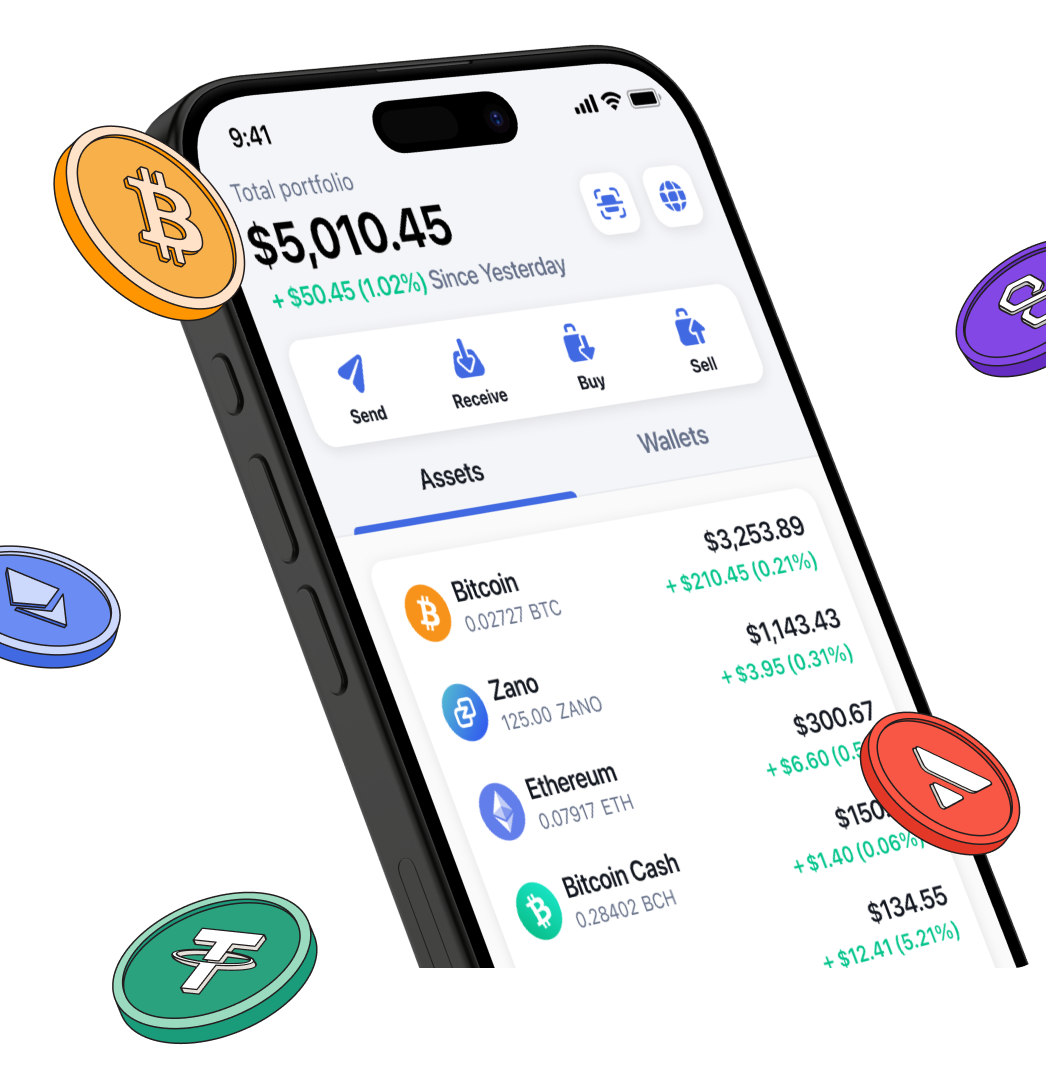
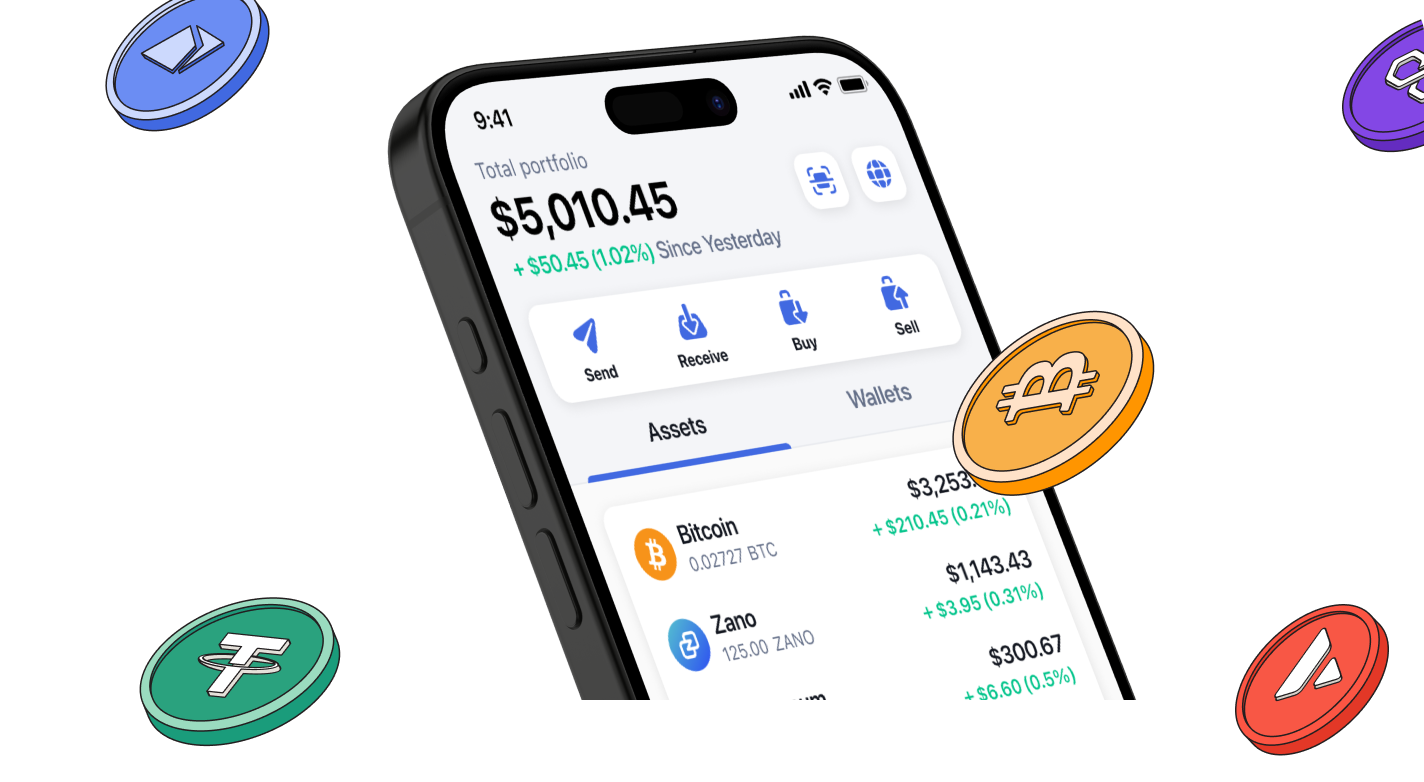
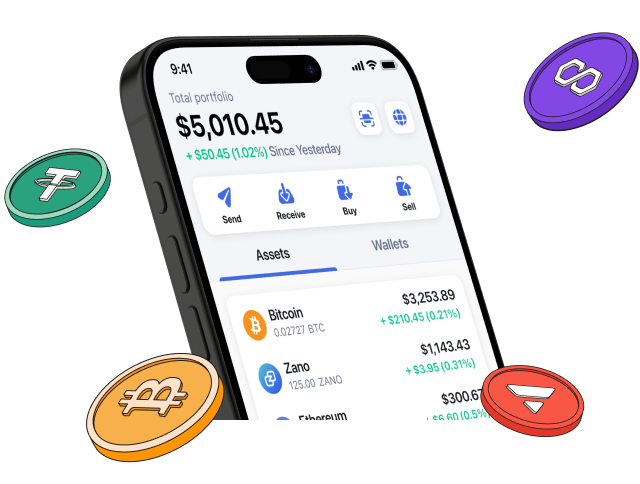
Start investing safely with the Bitcoin.com Wallet
Over wallets created so far
Everything you need to buy, sell, trade, and invest your Bitcoin and cryptocurrency securely

© 2025 Saint Bitts LLC Bitcoin.com. All rights reserved


